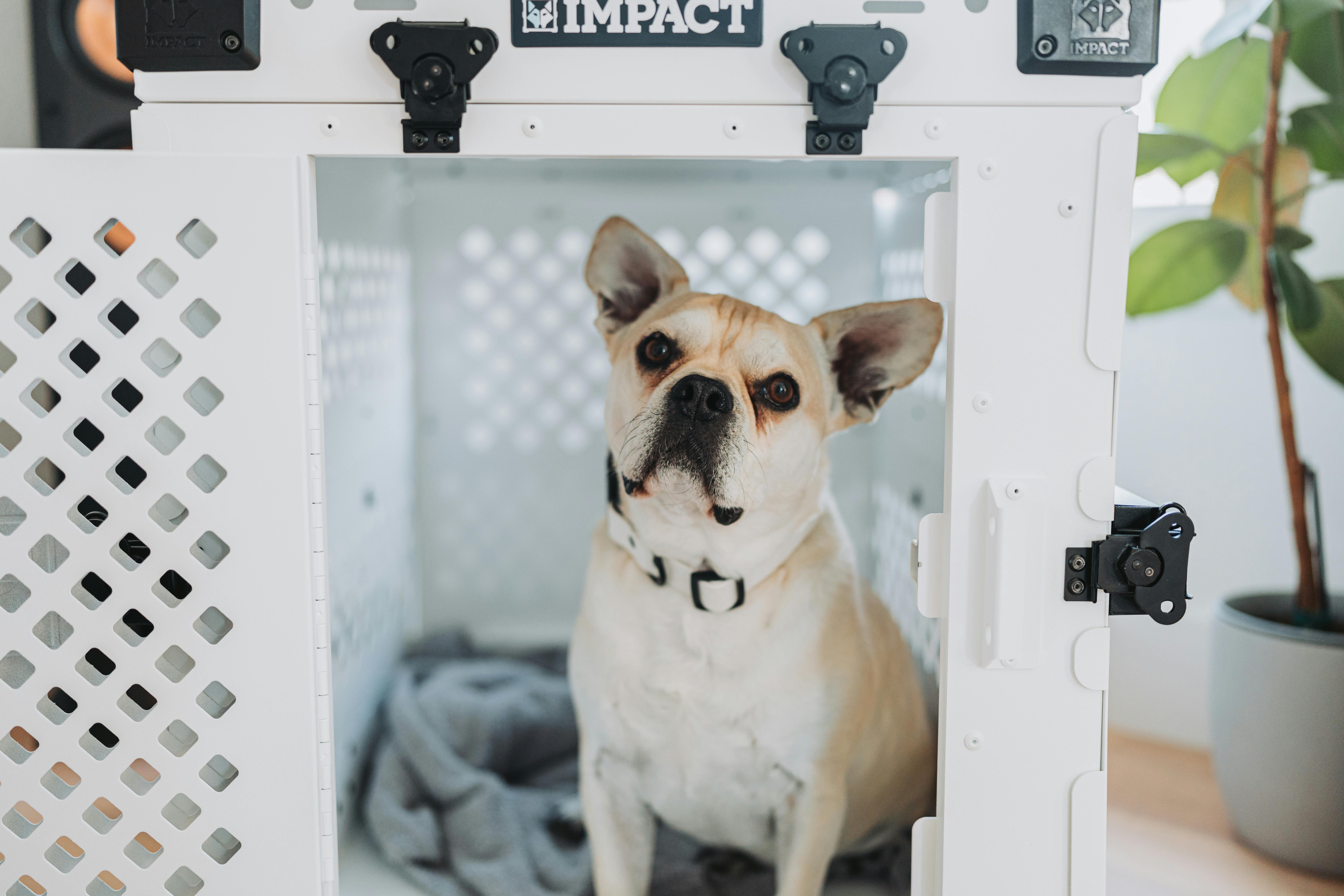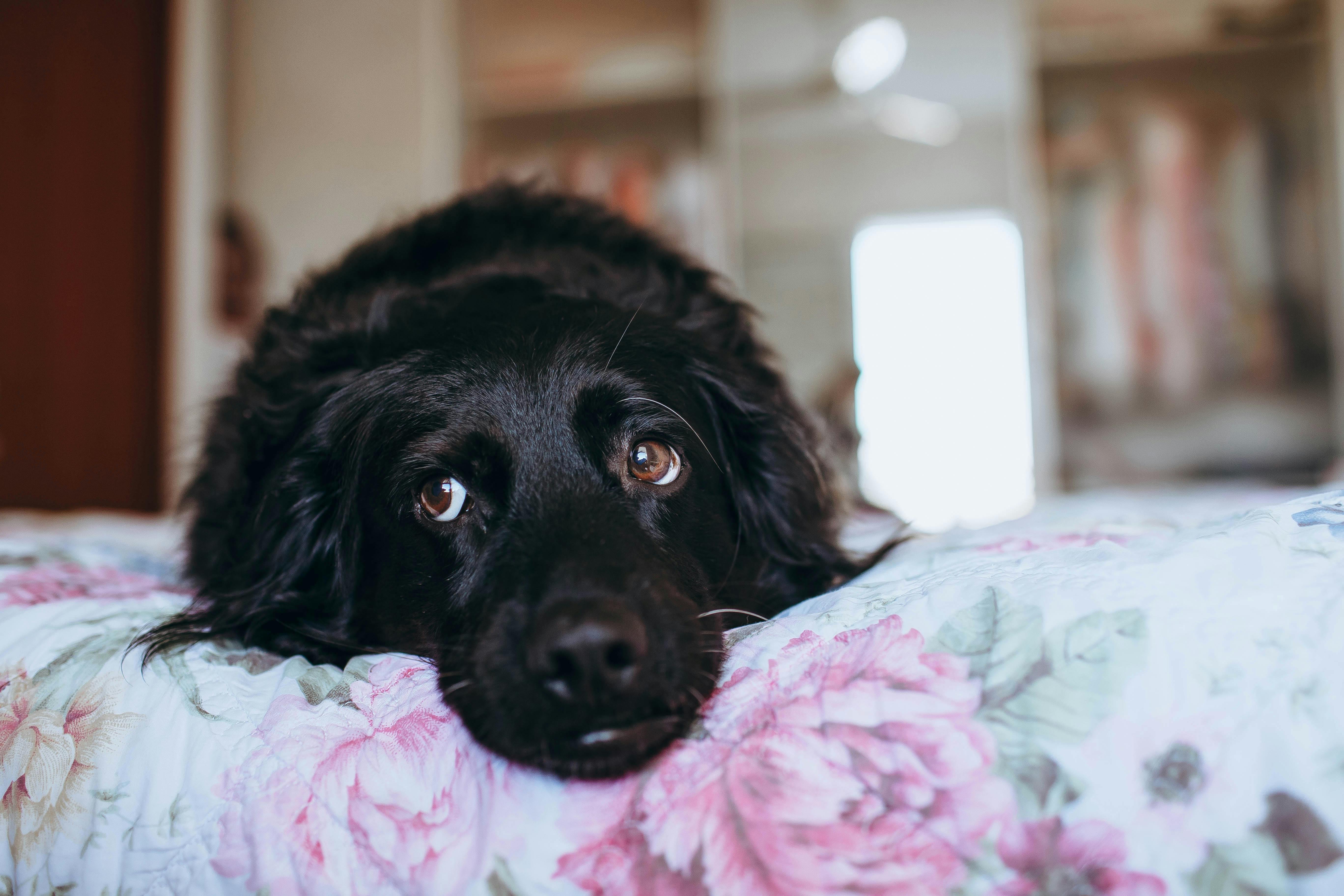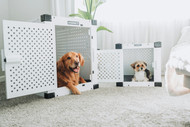Crate Training, Solo Time & Chews: Supporting Your Pup's Independent Routine
Posted by Greg C. on Aug 28, 2025
Back-to-school season often changes how much time the family spends at home. While schedules get busier, your dog’s daily routine also shifts. If not managed carefully, the sudden adjustment can lead to stress, boredom, and even separation anxiety. Combining crate training dogs, gradual solo time, and engaging chews can help make this transition smoother for both puppy and adult dogs.
Crate Training Dogs and Why It Matters
Crate training dogs is not just about creating boundaries—it’s about giving pets their own space where they feel secure. The right dog crate becomes a safe place for rest and relaxation, especially during time spent away from family members. Many dogs enjoy having a cozy space that’s just theirs, and a crate can offer that sense of security when it’s introduced the right way.
The crate training process starts with small steps. Place the crate in a family room so the dog can explore and sniff it with the crate door open. Use a crate mat or bedding to make the area inviting. Over a few minutes, encourage your pup to step inside without pressure. The goal is to build a positive association so your dog enters willingly, without experiencing fear.
When crate training, remember that crate size matters. Most pet supply stores can help choose a size appropriate for your dog's age and breed. Too small and it feels cramped; too large and it may not encourage house training. For puppies, an adult-size crate with a divider can grow with them, making it a long-term investment.
Crate Training: The Benefits of Building an Independent Routine
Crate training isn’t just about house training—it’s a powerful way to help dogs build independence and confidence. A well-introduced crate provides structure, sets boundaries, and creates a safe space your pup can count on during busy times. Instead of feeling like a restriction, the crate becomes a comfortable spot that encourages calmness and routine.
When dogs learn to settle in their crate for short periods, they practice self-soothing and managing solo time. Starting with brief sessions and slowly increasing the duration helps prevent stress-related behaviors like barking, pacing, or chewing. Over time, your pup understands that quiet, relaxed downtime is part of their day, even when you’re not nearby.
Crate training also reduces overstimulation in multi-pet households and gives your dog a private retreat when they need a break. Many pet parents notice that once the crate feels familiar, their pup chooses to nap inside on their own; proof that it’s become a trusted space, not a punishment.
Dog Crate Essentials for Comfort and Safety

Think of your dog’s crate as their cozy corner—a spot that feels safe, soft, and welcoming. Adding a comfy crate mat or blanket keeps the space warm and inviting, while placing the crate in a quiet but central area of the home helps your pup feel included without being overstimulated. Keeping the crate door open during calm times lets your dog wander in and out freely, reinforcing that it’s their personal retreat, not a place of punishment.
If your dog hesitates to go inside, patience is key. Instead of pushing or forcing, make the crate rewarding. Start by placing a treat or favorite chew, like an all-natural bully stick, just inside the doorway. As your pup’s confidence builds, move it further inside so they learn that stepping in leads to something they love. Over time, your dog will begin to associate the crate with positive experiences like eating, resting, and relaxing.
Separation Anxiety and How to Reduce It

When routines change, some dogs struggle with being left alone, leading to stress behaviors like barking, whining, or chewing on the wrong things. Crate training, paired with gradually increasing solo time, can make those moments less overwhelming by giving your pup a familiar spot to settle into.
A good starting point is short practice sessions: let your dog relax in their crate while you step into another room, then work up to brief departures through the door. This steady progression teaches your pup that time apart is normal and that you’ll always return.
Encourage calmness by introducing the crate during restful moments of the day, like after exercise or playtime, so your pup learns it’s a natural place to unwind.
Making Crate Time More Rewarding
Chews can transform crate time from a waiting game into an enjoyable experience. Long-lasting options, like bully sticks, not only keep dogs engaged but also satisfy their natural urge to chew, which can ease restlessness and promote calm behavior.
Instead of offering a chew at every crate session, save them for special moments so your pup views time inside as a reward. Rotating different chew types like braided, gullet, or turkey chews also adds variety and keeps the experience exciting. For many dogs, this balance turns the crate into a place they actually look forward to spending time in.
Time Spent Alone: Turning It into a Positive Routine
Alone time is a skill your pup can learn, just like sit or stay. By building a predictable schedule with crate sessions, meals, and potty breaks, your dog begins to understand that solo moments are safe and normal. With consistency, the crate becomes a place they choose on their own—a sign of confidence and comfort.
Final Tips for a Successful Crate Training Process
- Pick a crate size that allows your dog to stand, turn, and stretch comfortably.
- Add a mat or bedding for coziness (unless your pup is prone to chewing).
- Keep the crate in a positive, lived-in area of the house.
- Take small steps, gradually increasing time spent inside.
Never use the crate as punishment. - Remember: puppies need shorter sessions, while adult dogs can handle longer periods with regular breaks.
When introduced with patience, crate training creates a confident, well-adjusted dog who can relax even when life gets busy. And to make crate time feel even more rewarding, pair it with high-quality, all-natural chews from Bully Sticks Direct. Because every dog deserves a routine that’s not only comforting but filled with healthy moments of joy.




